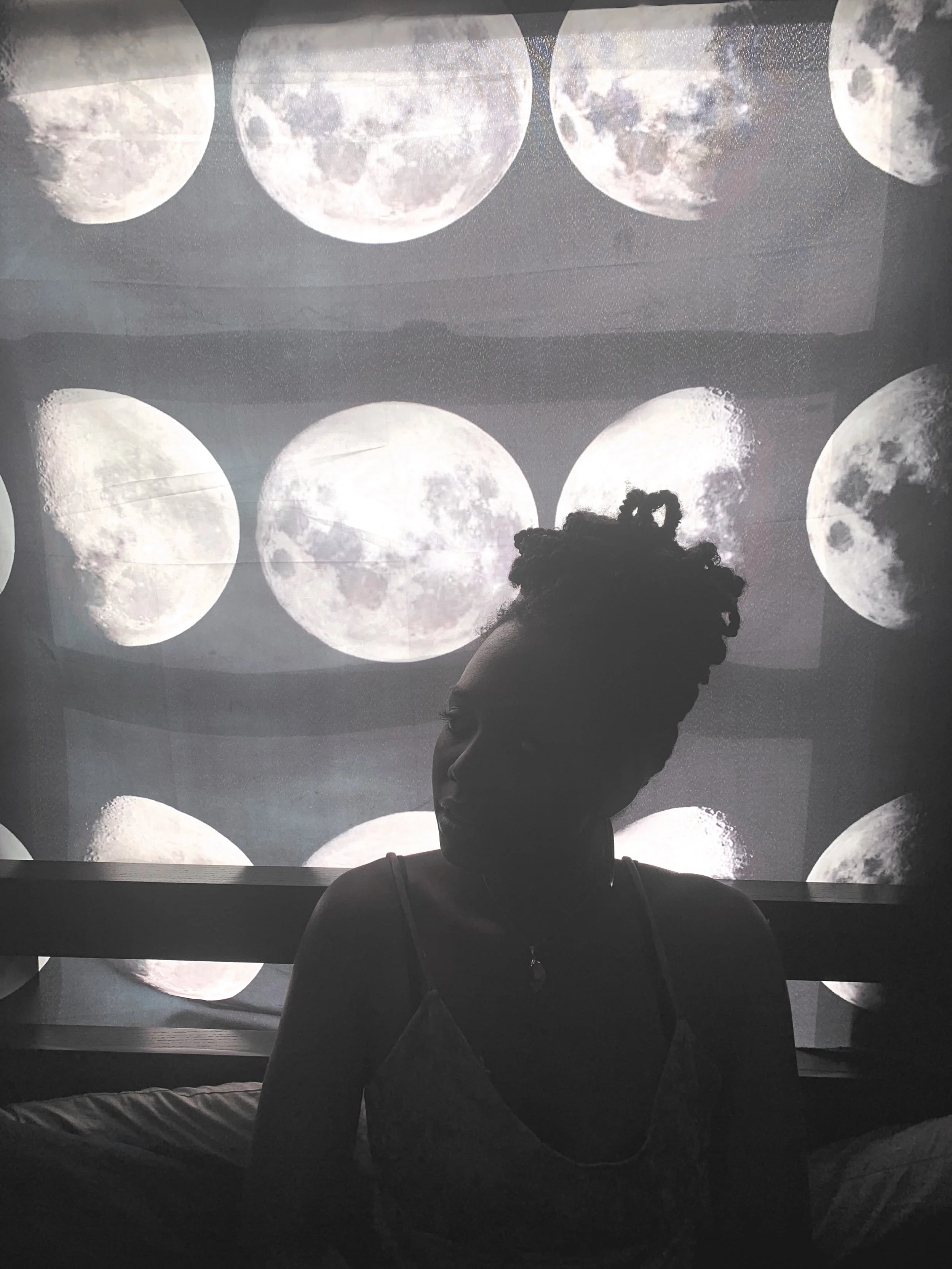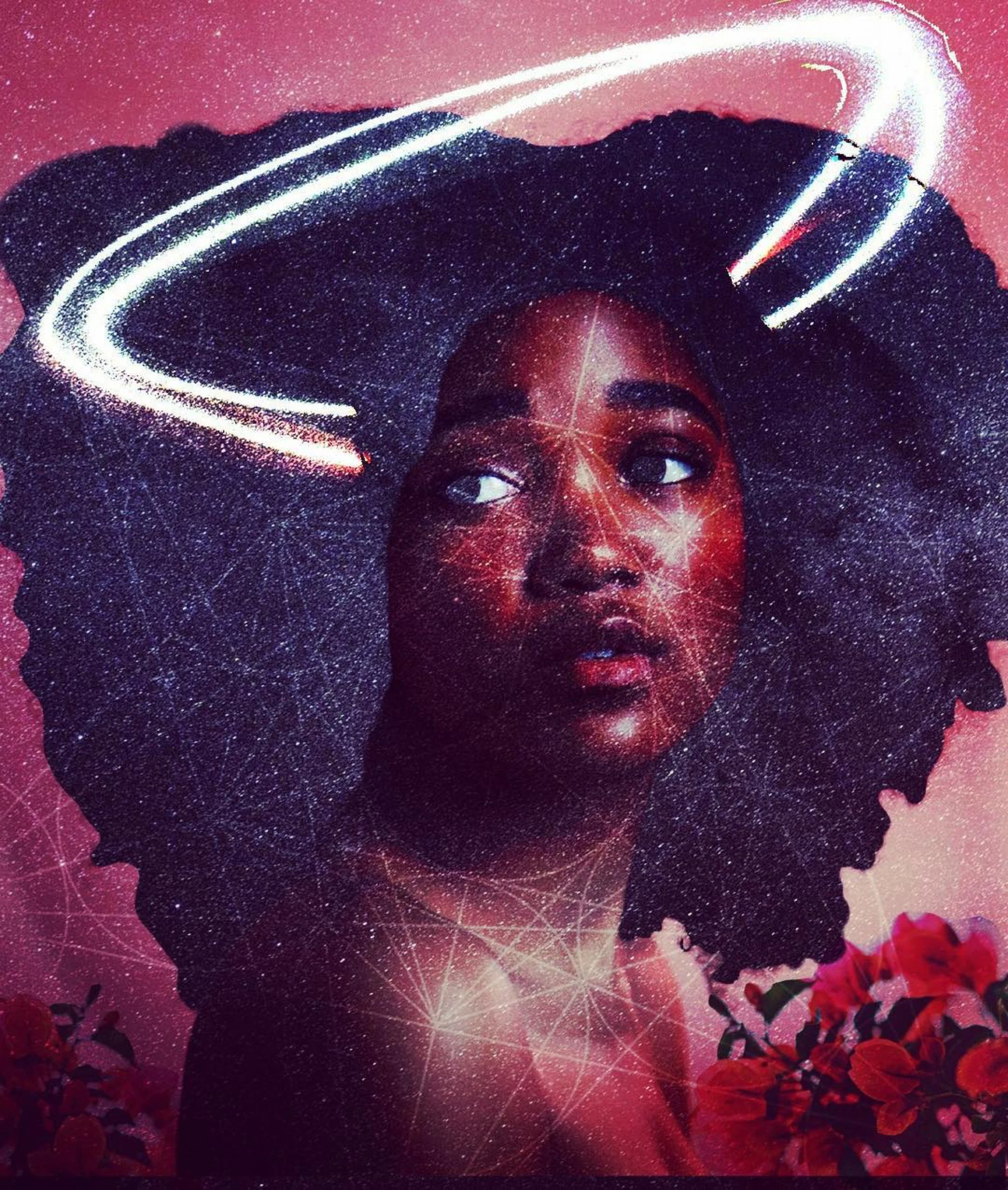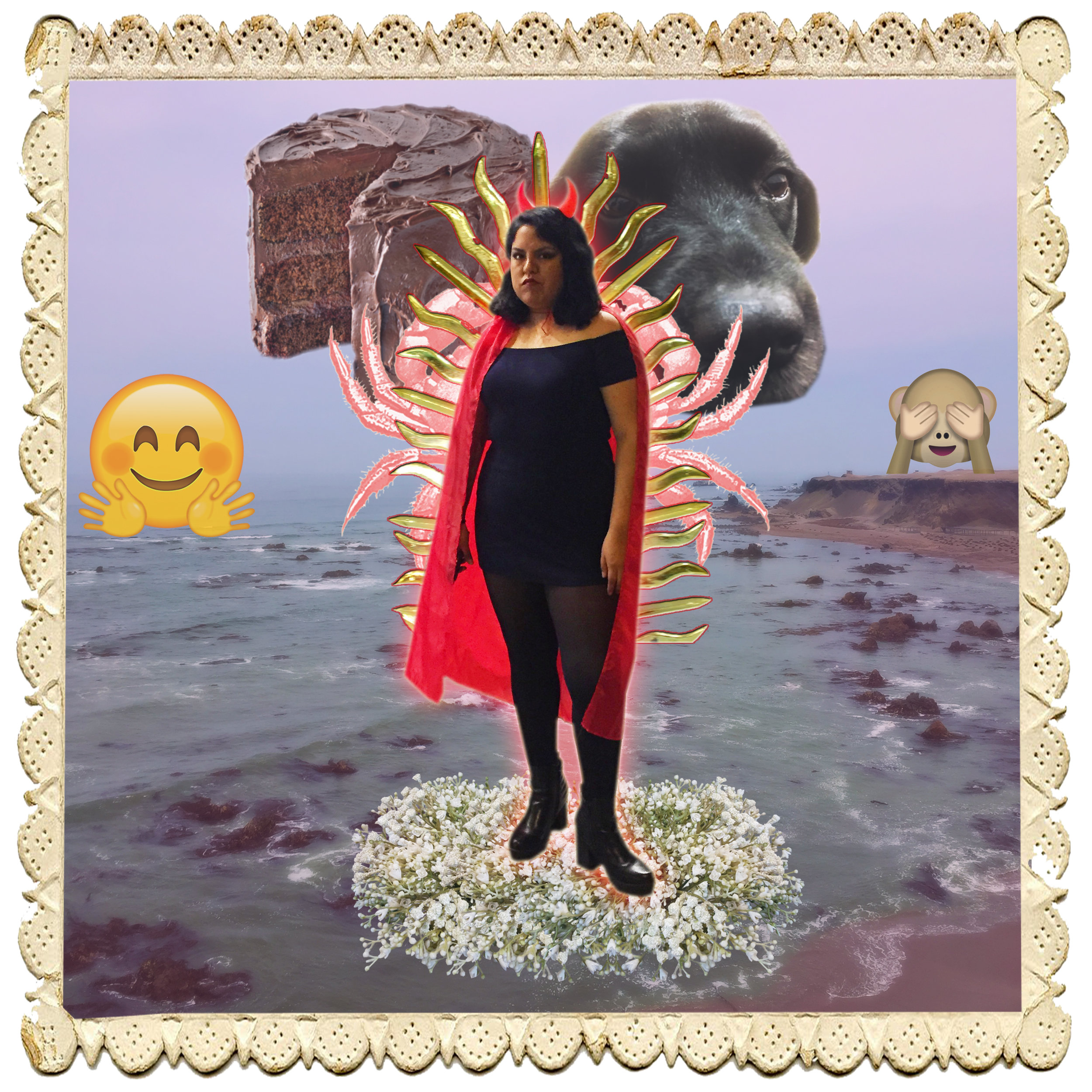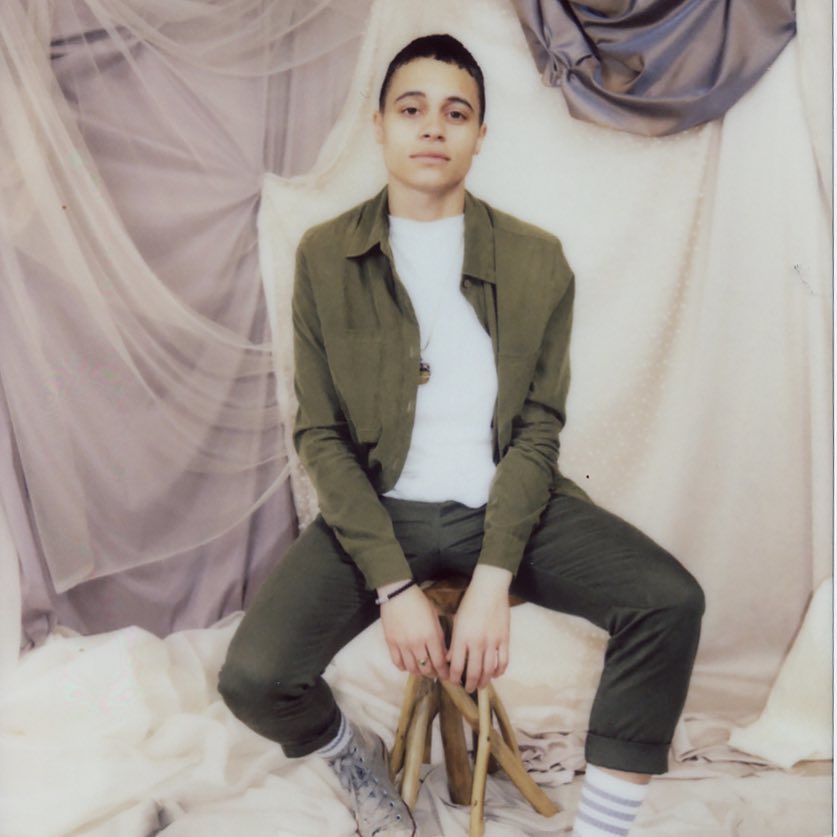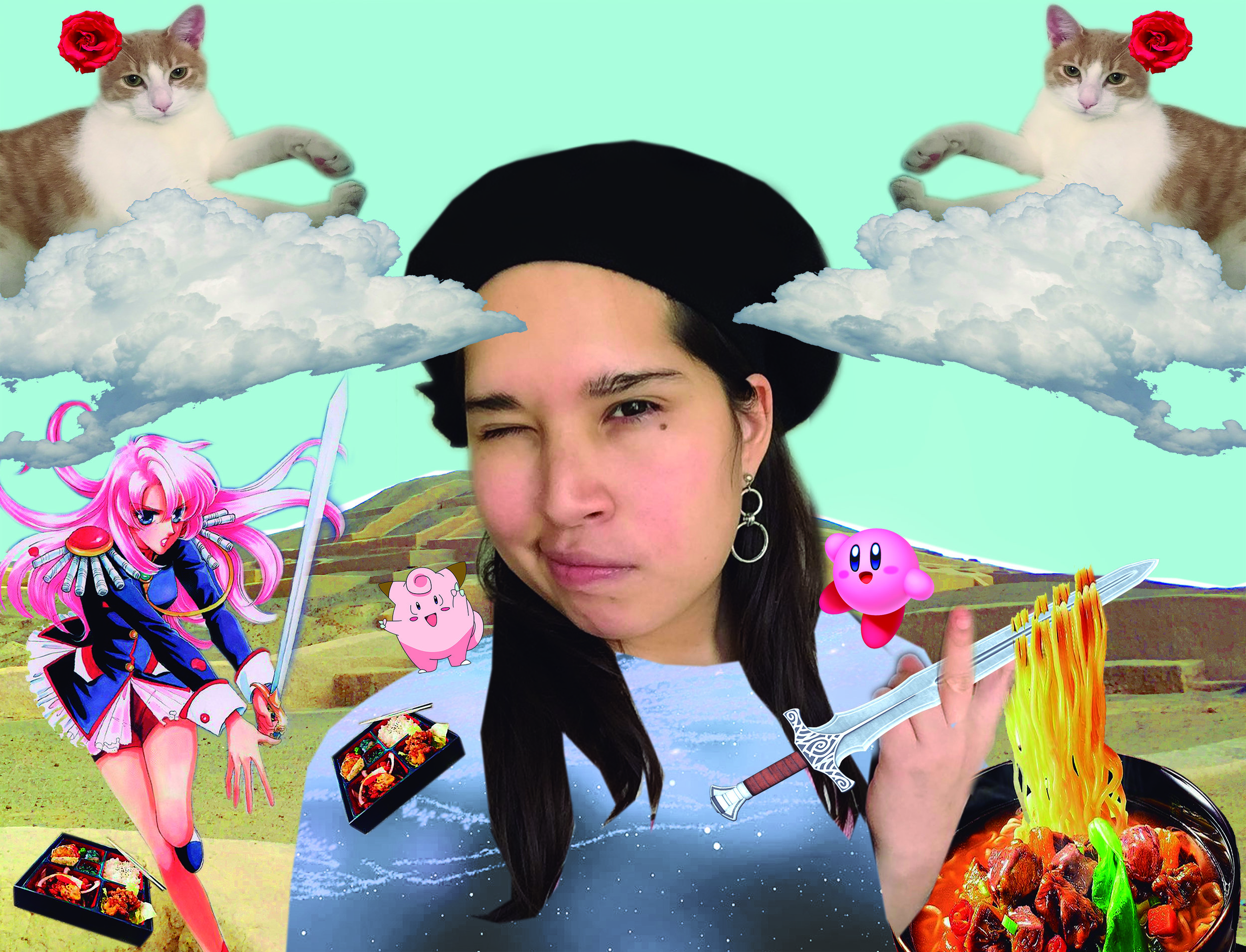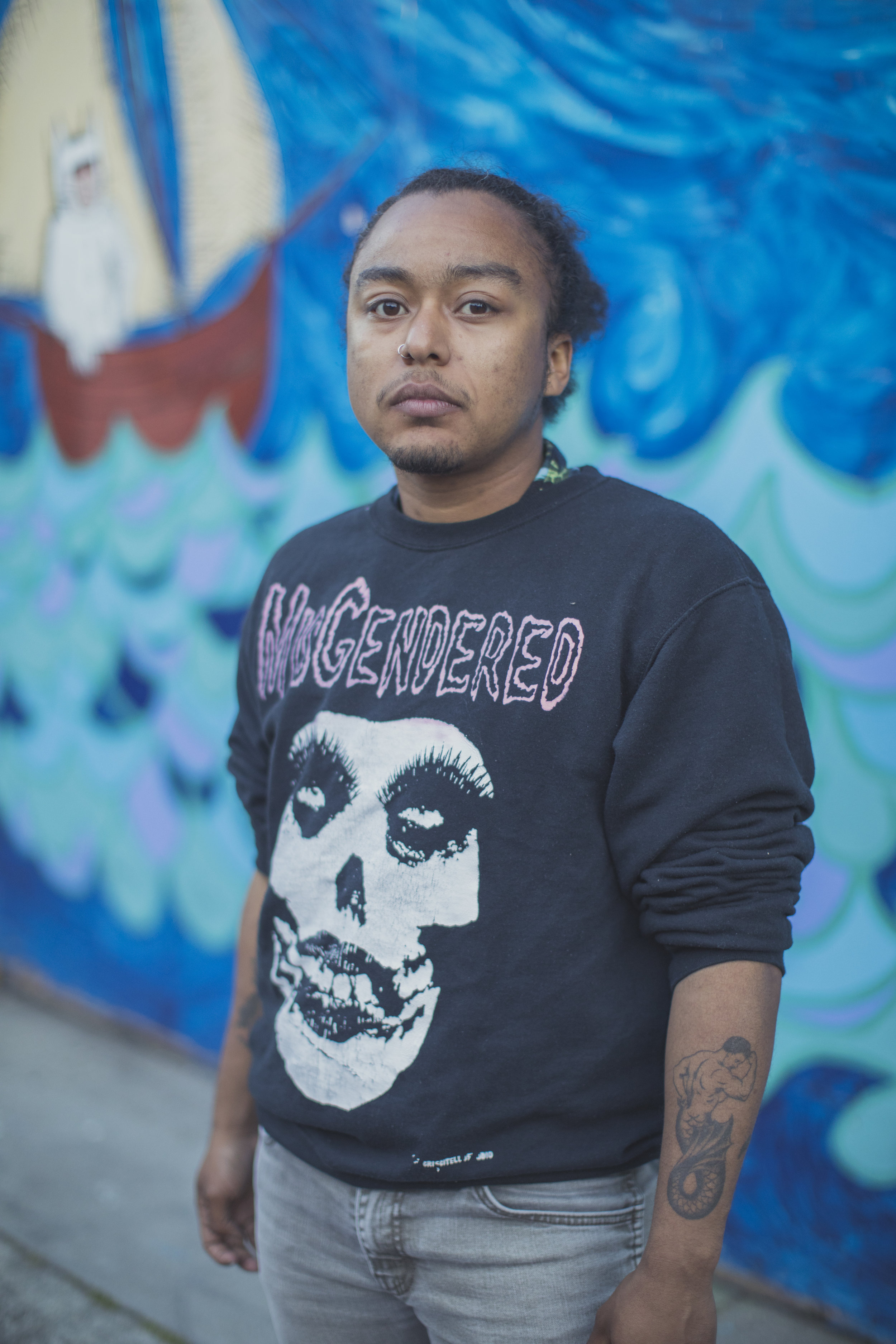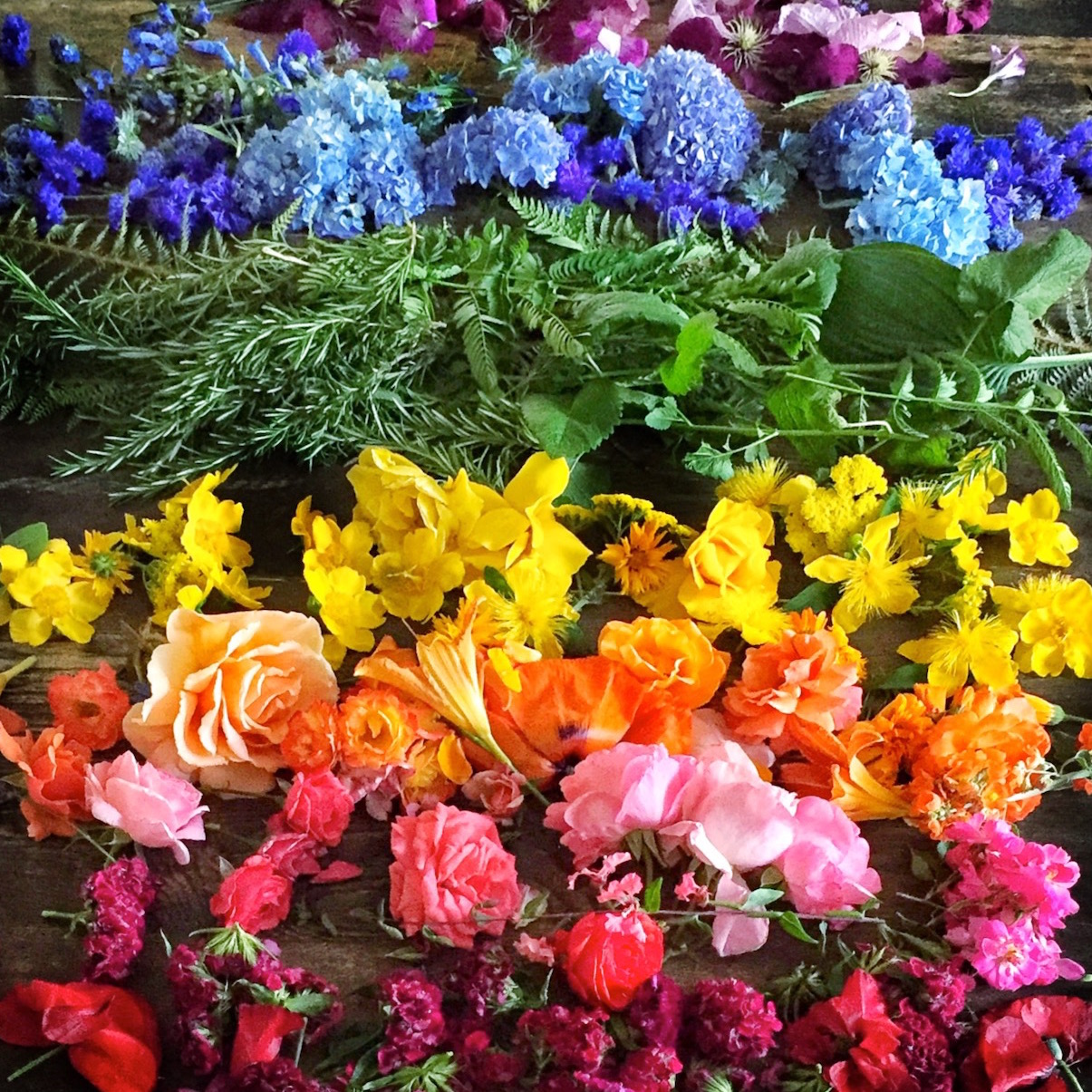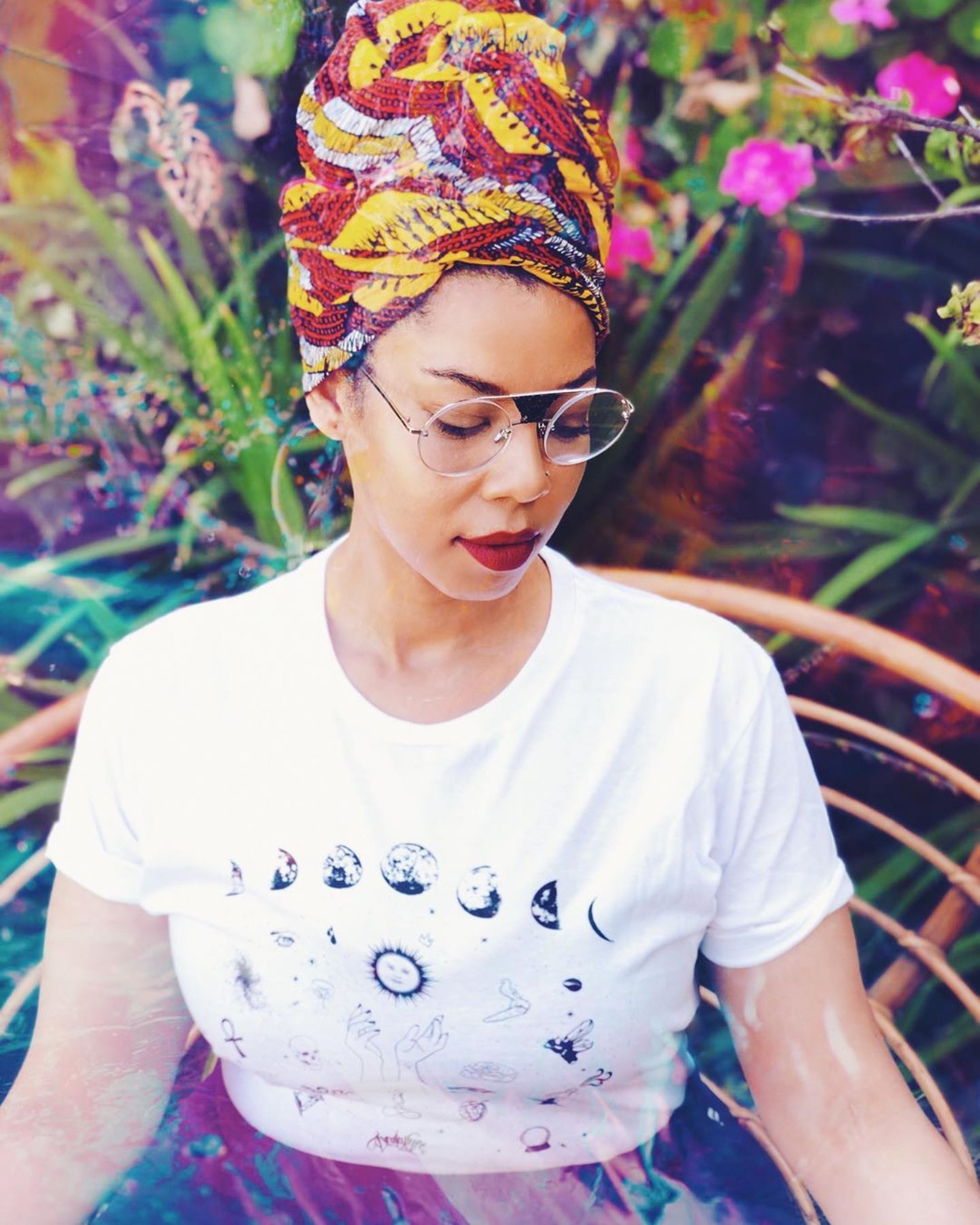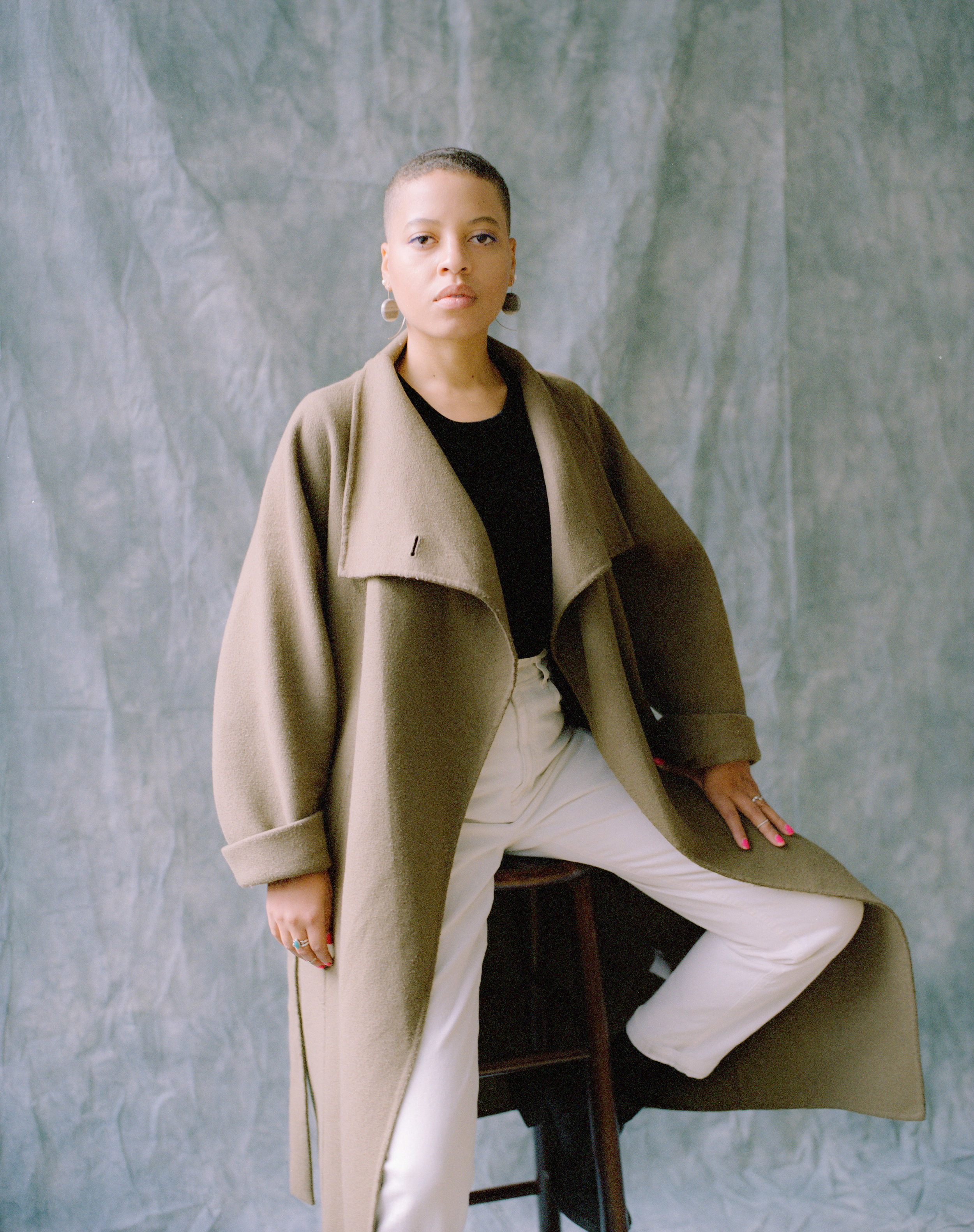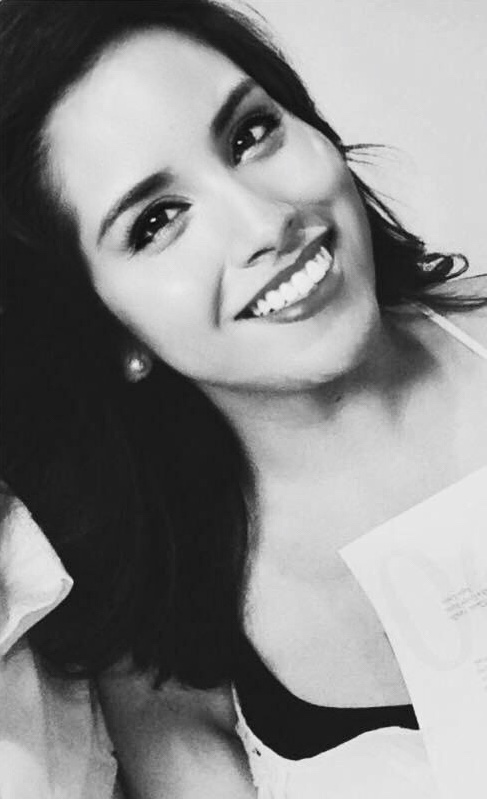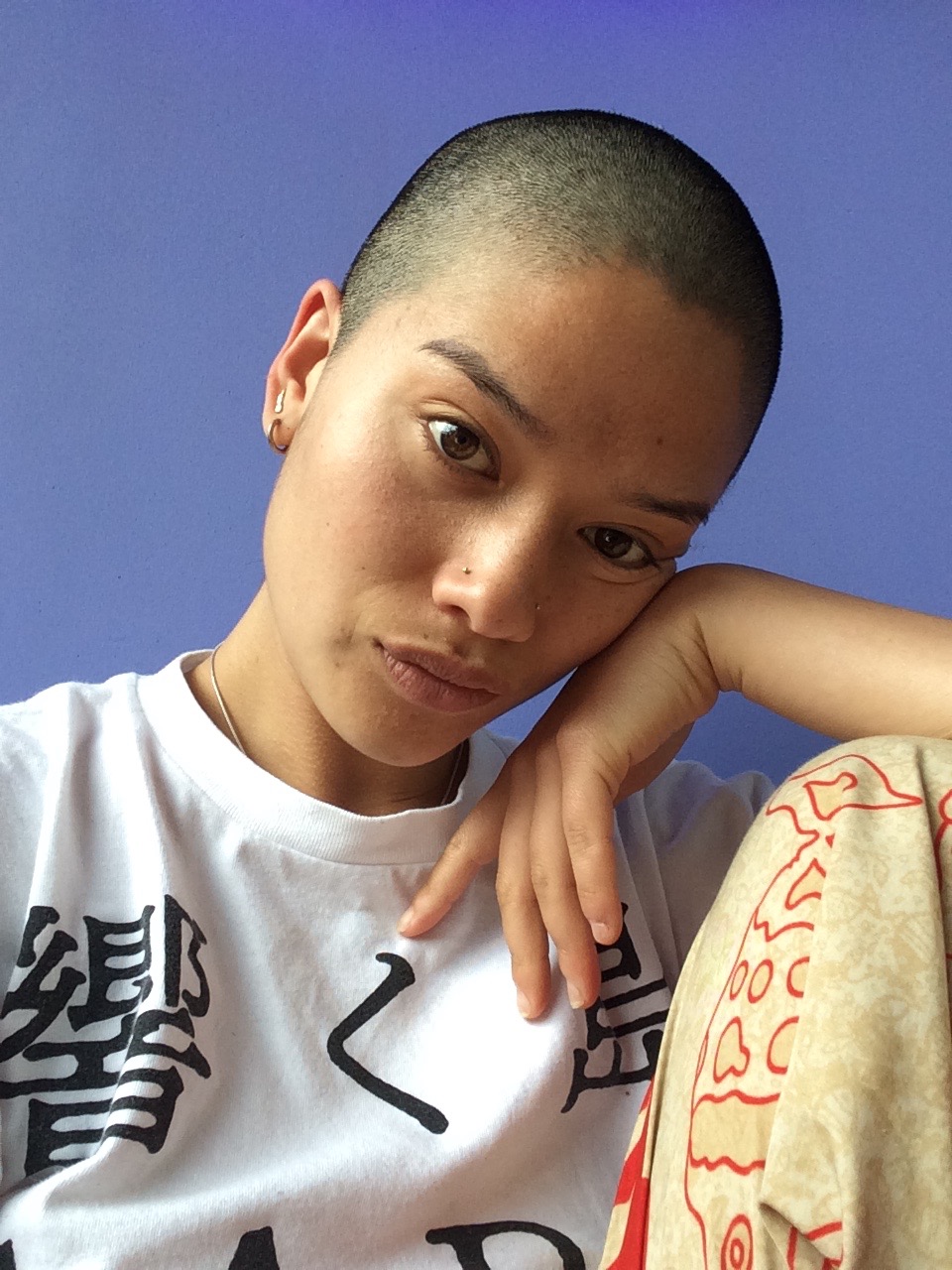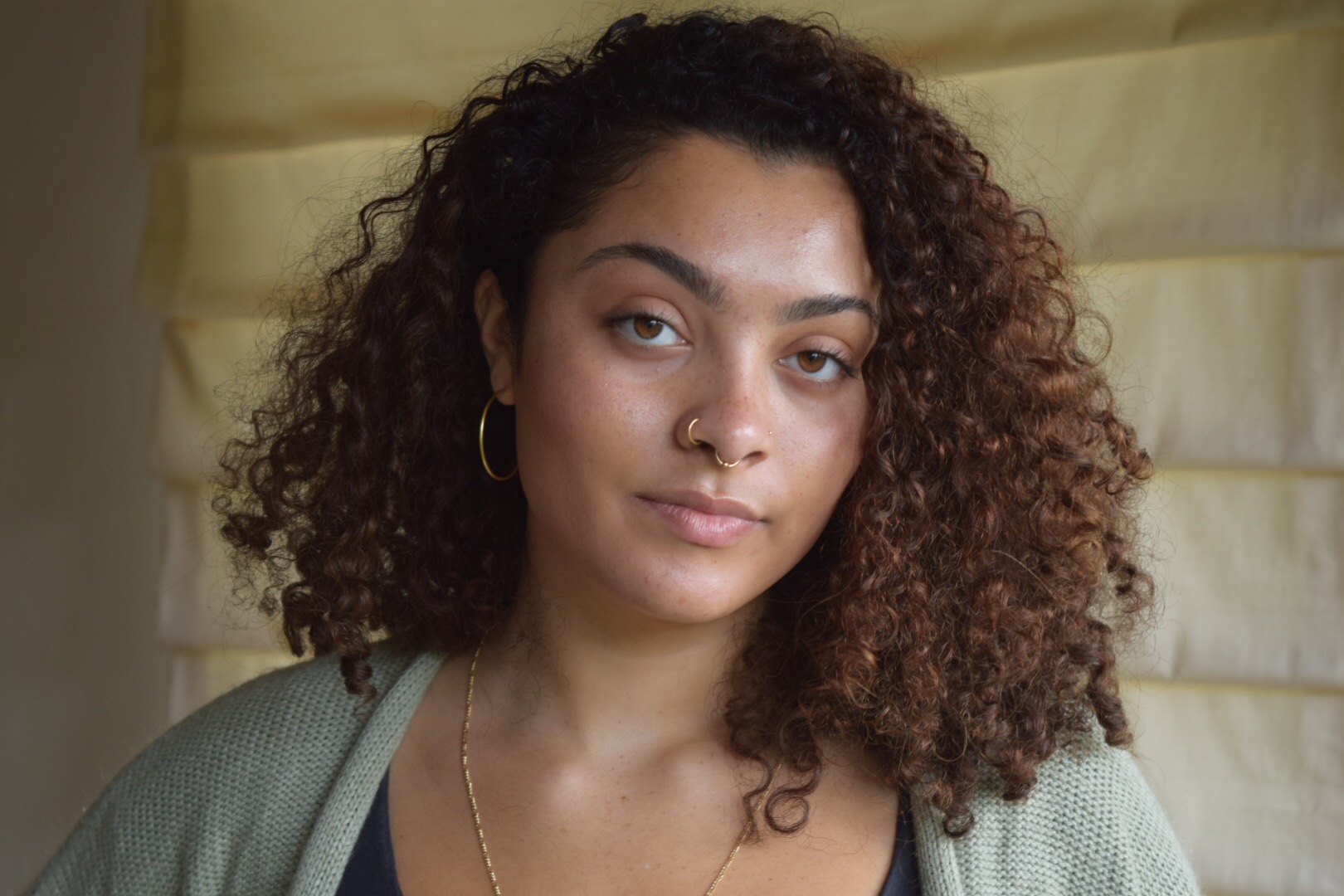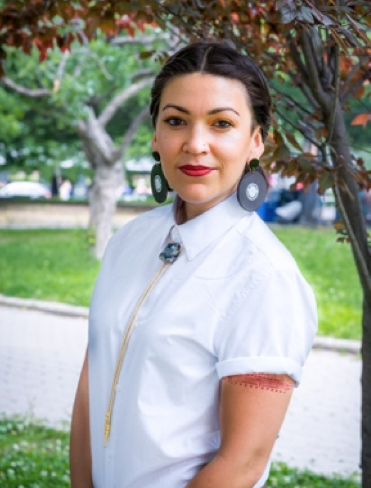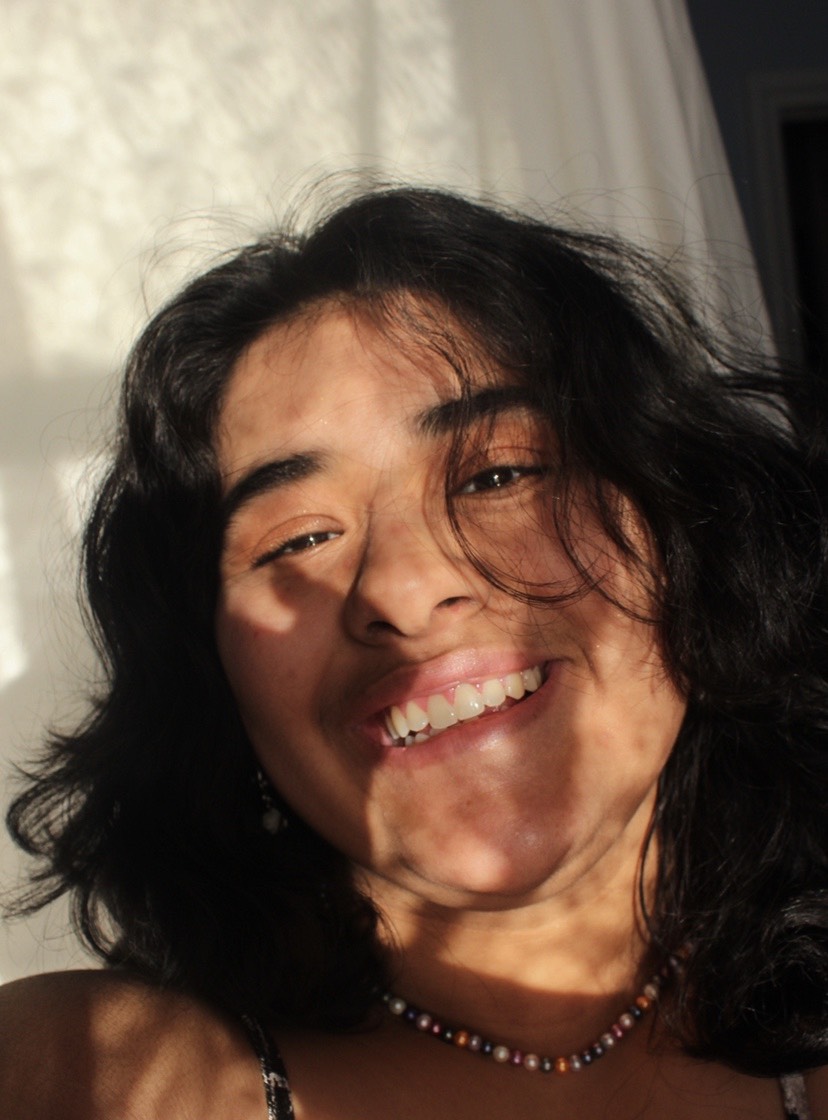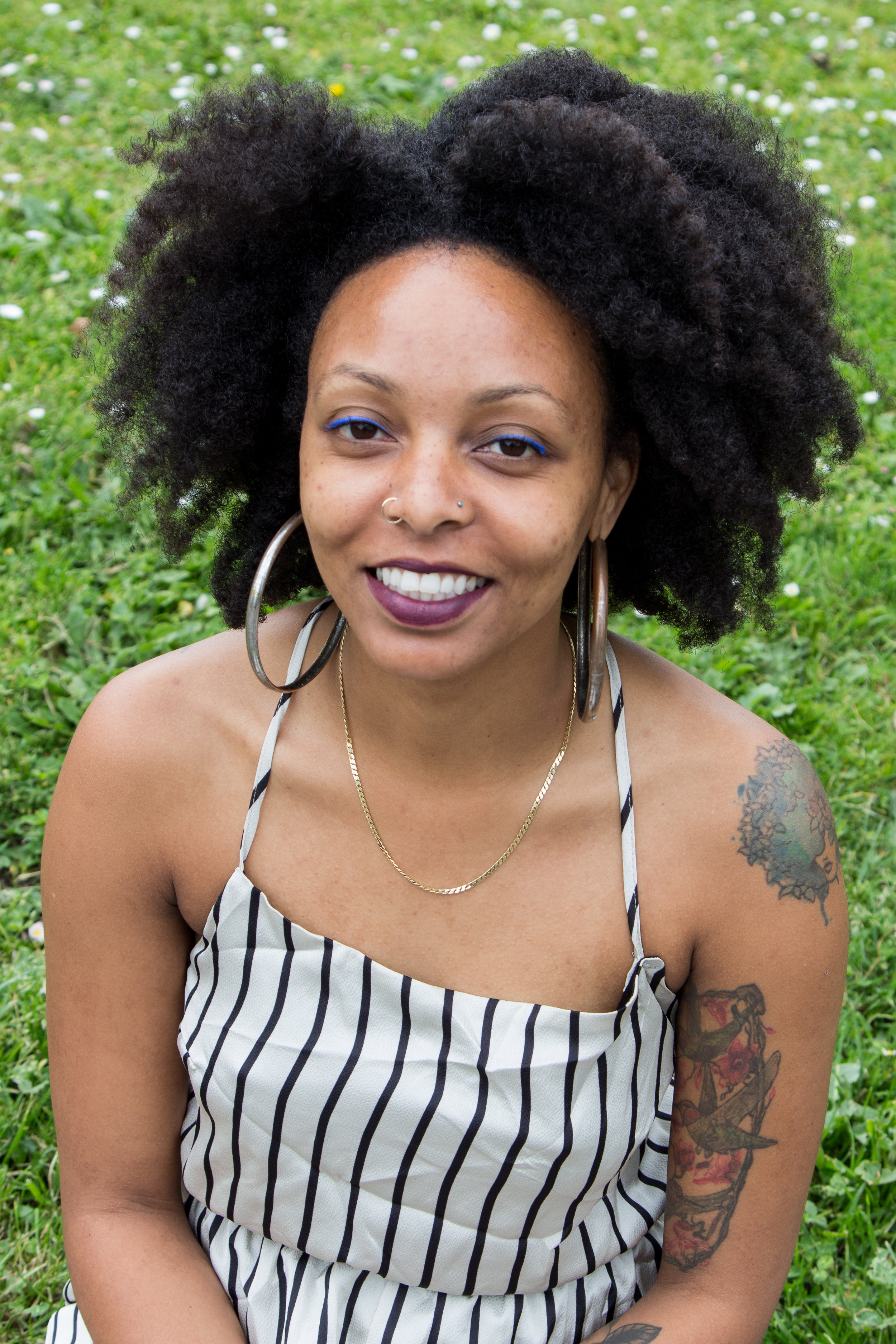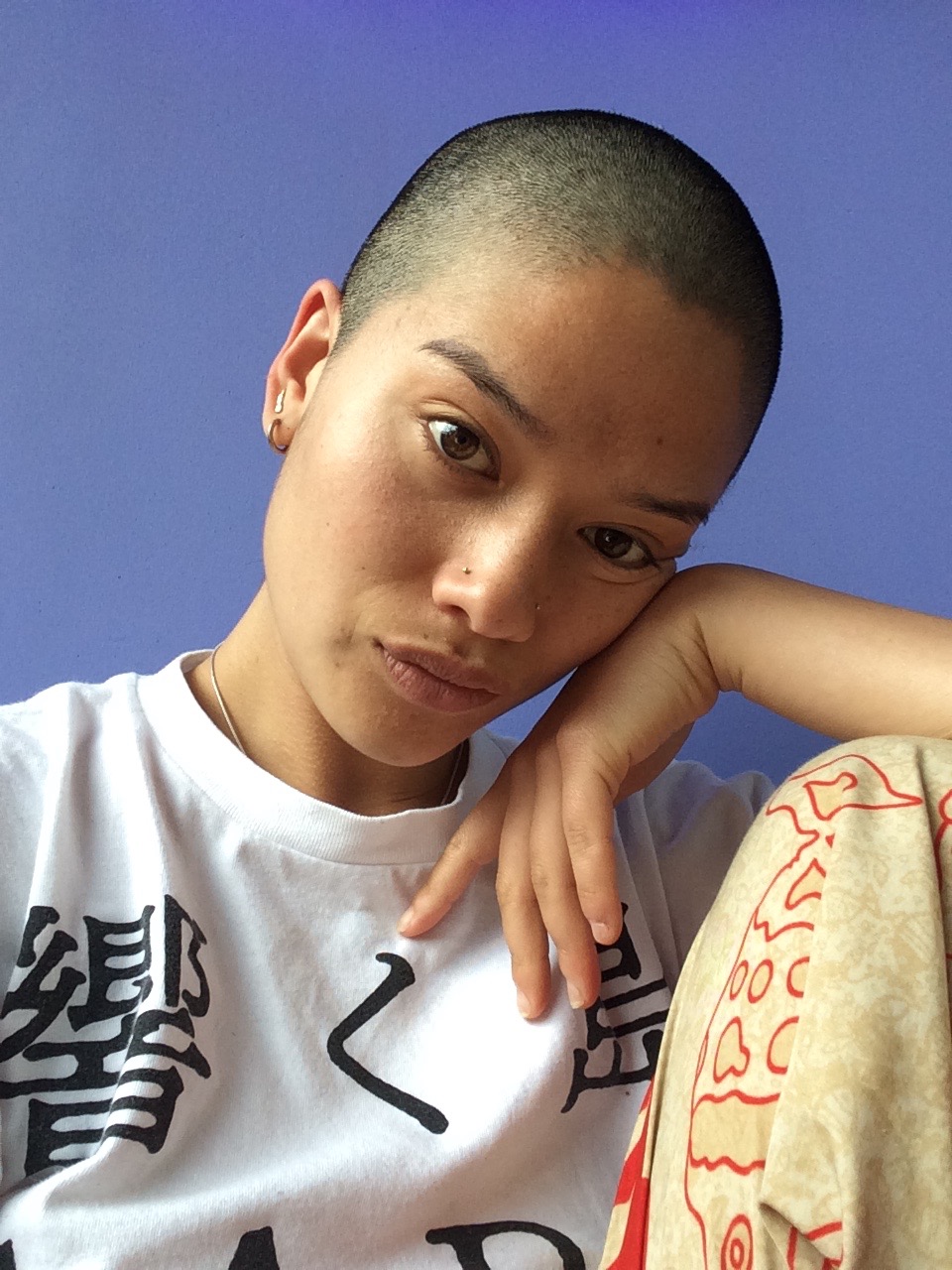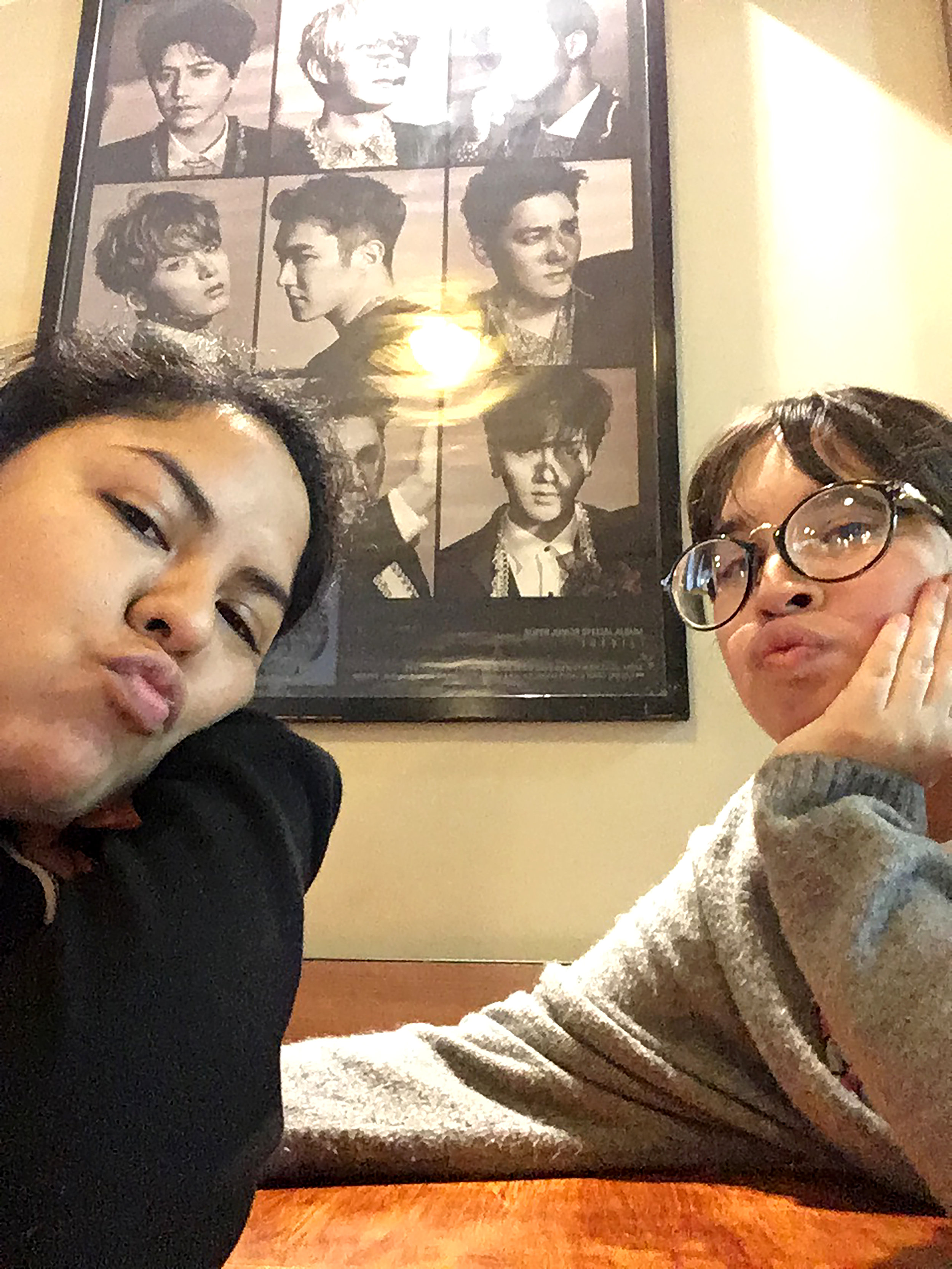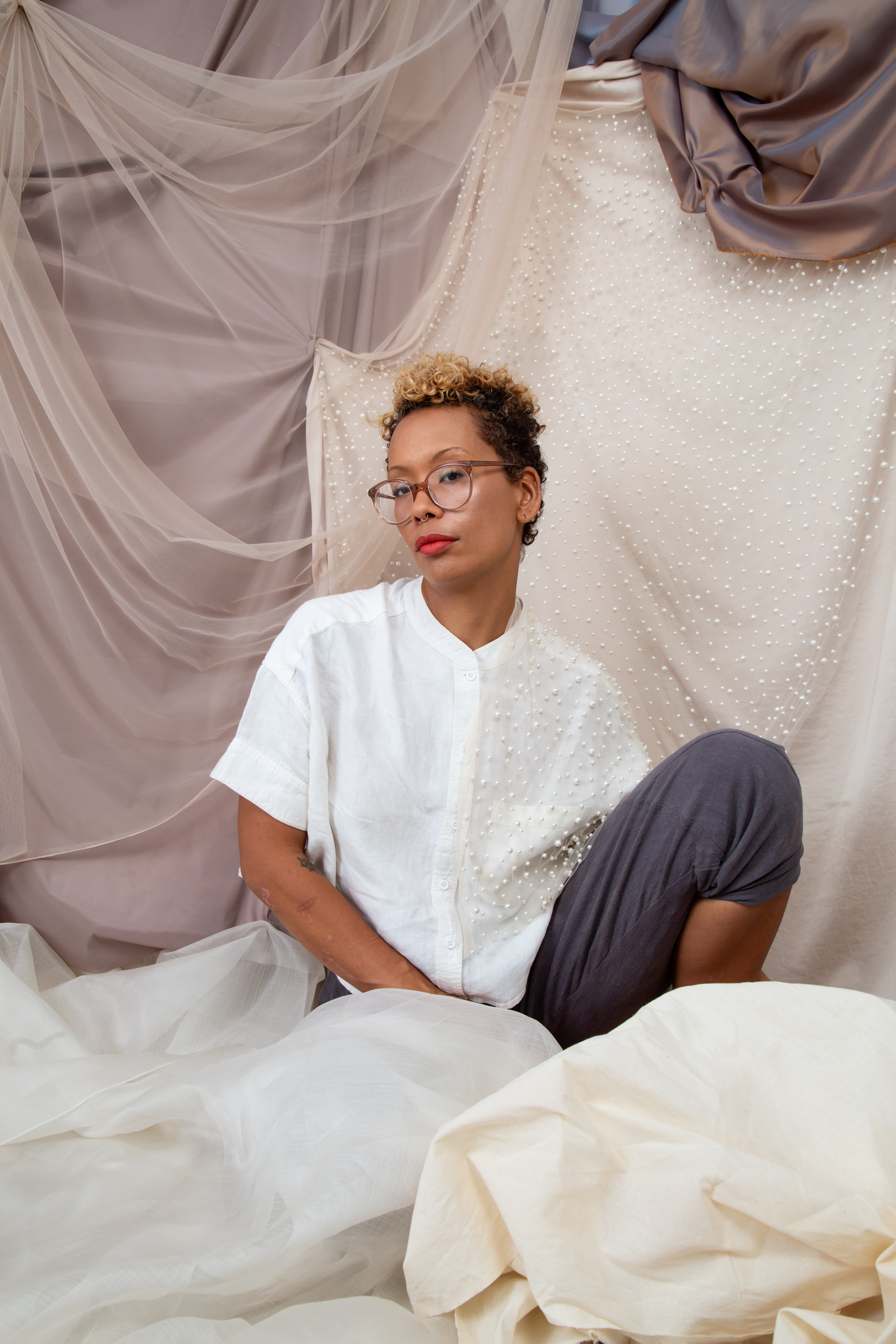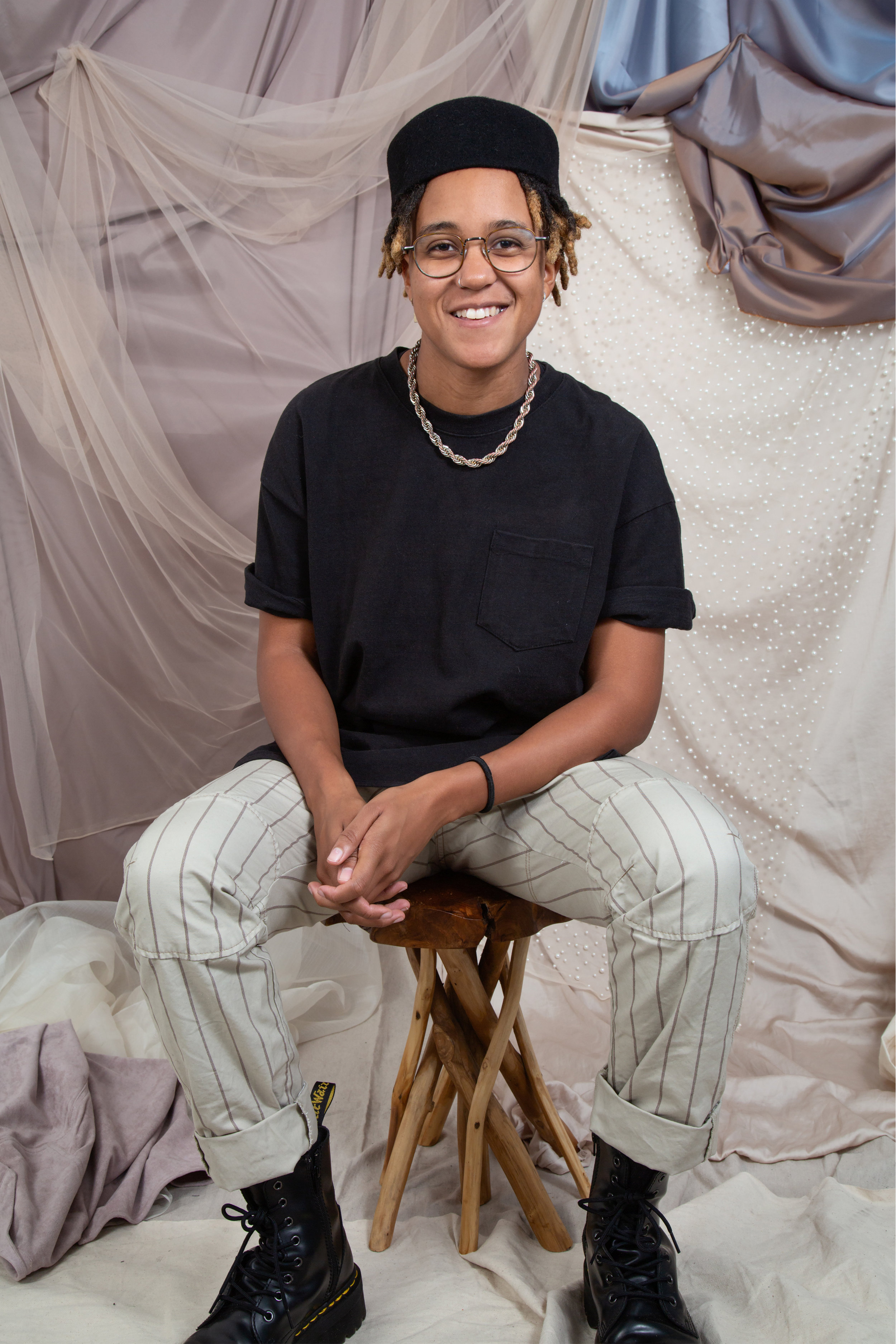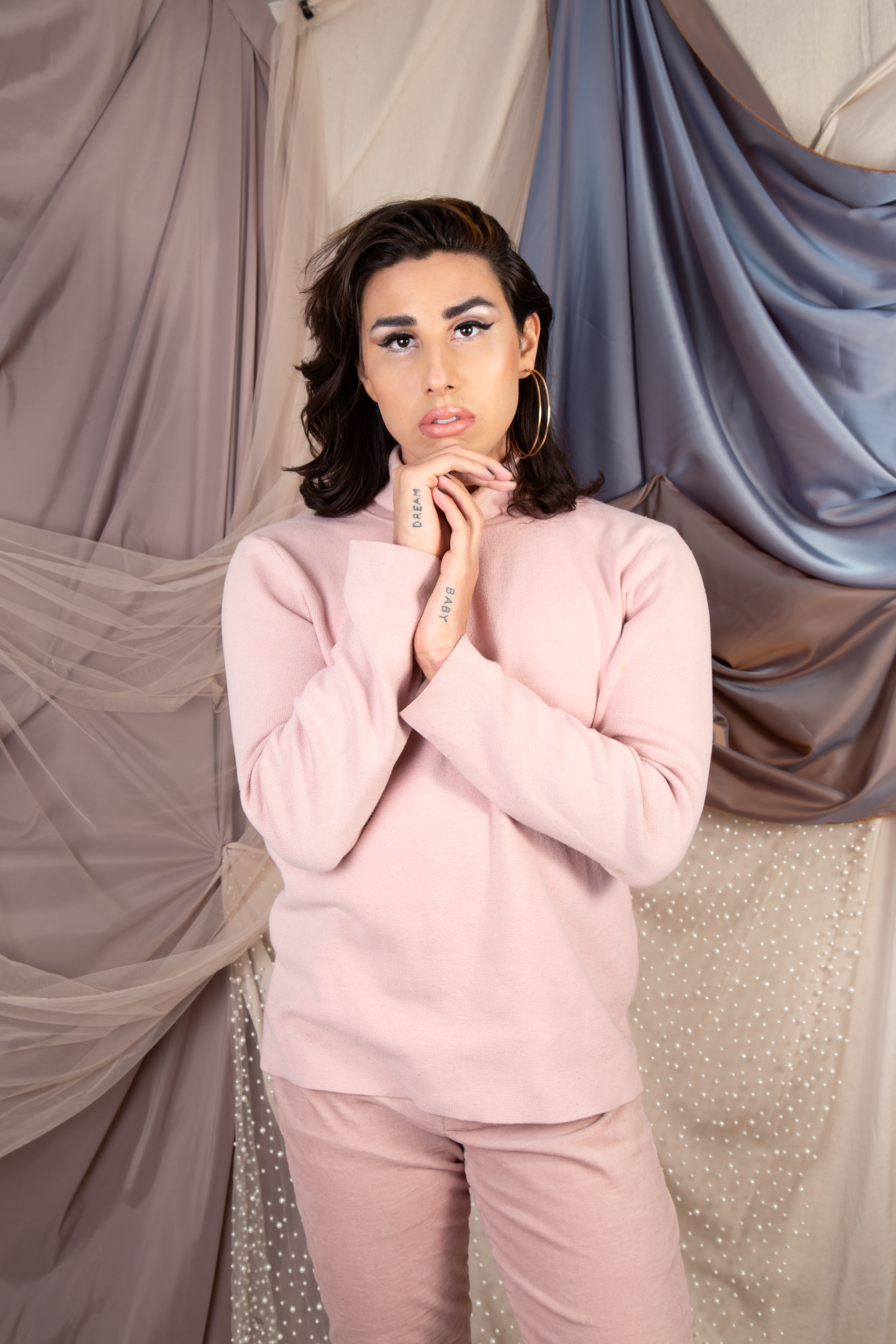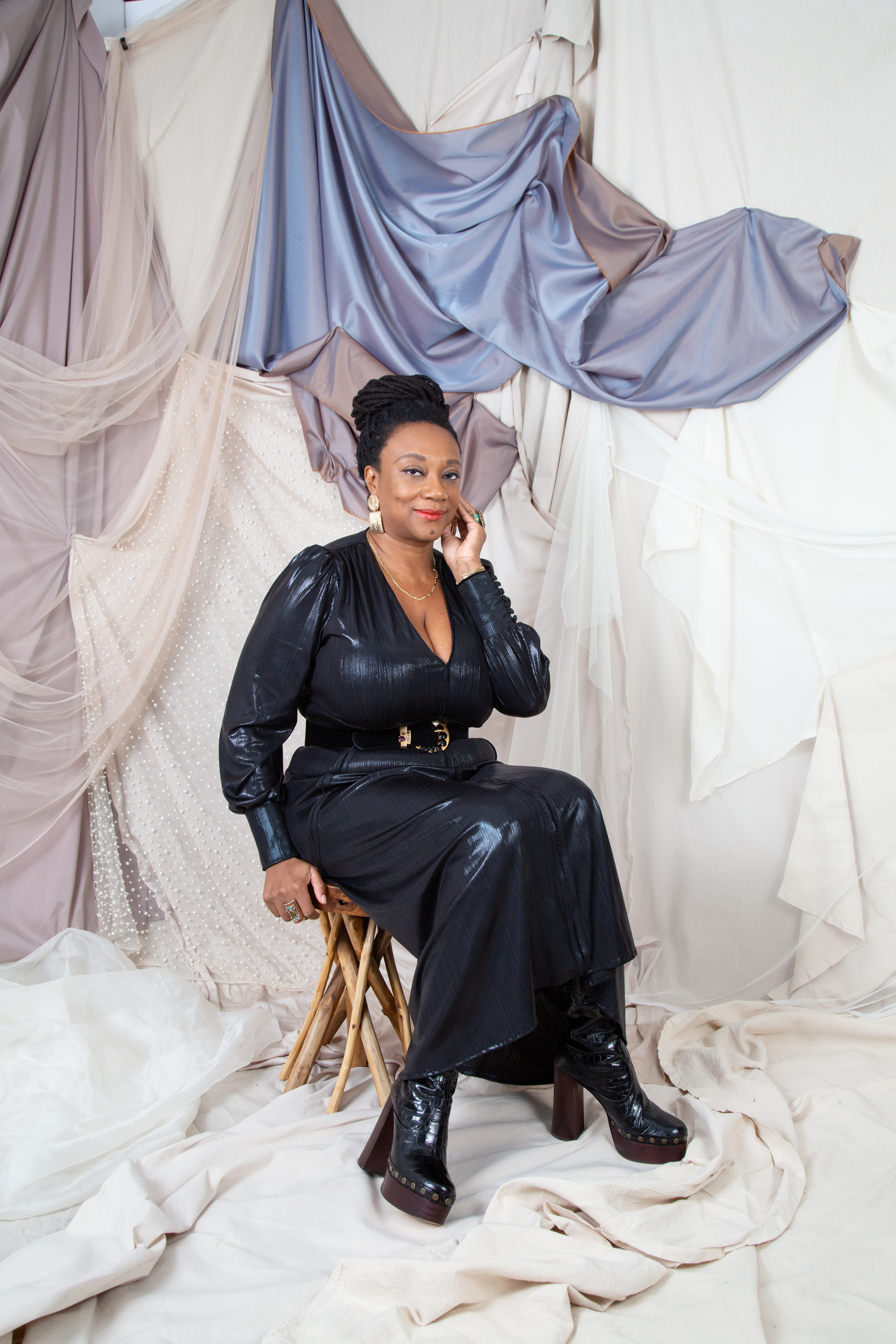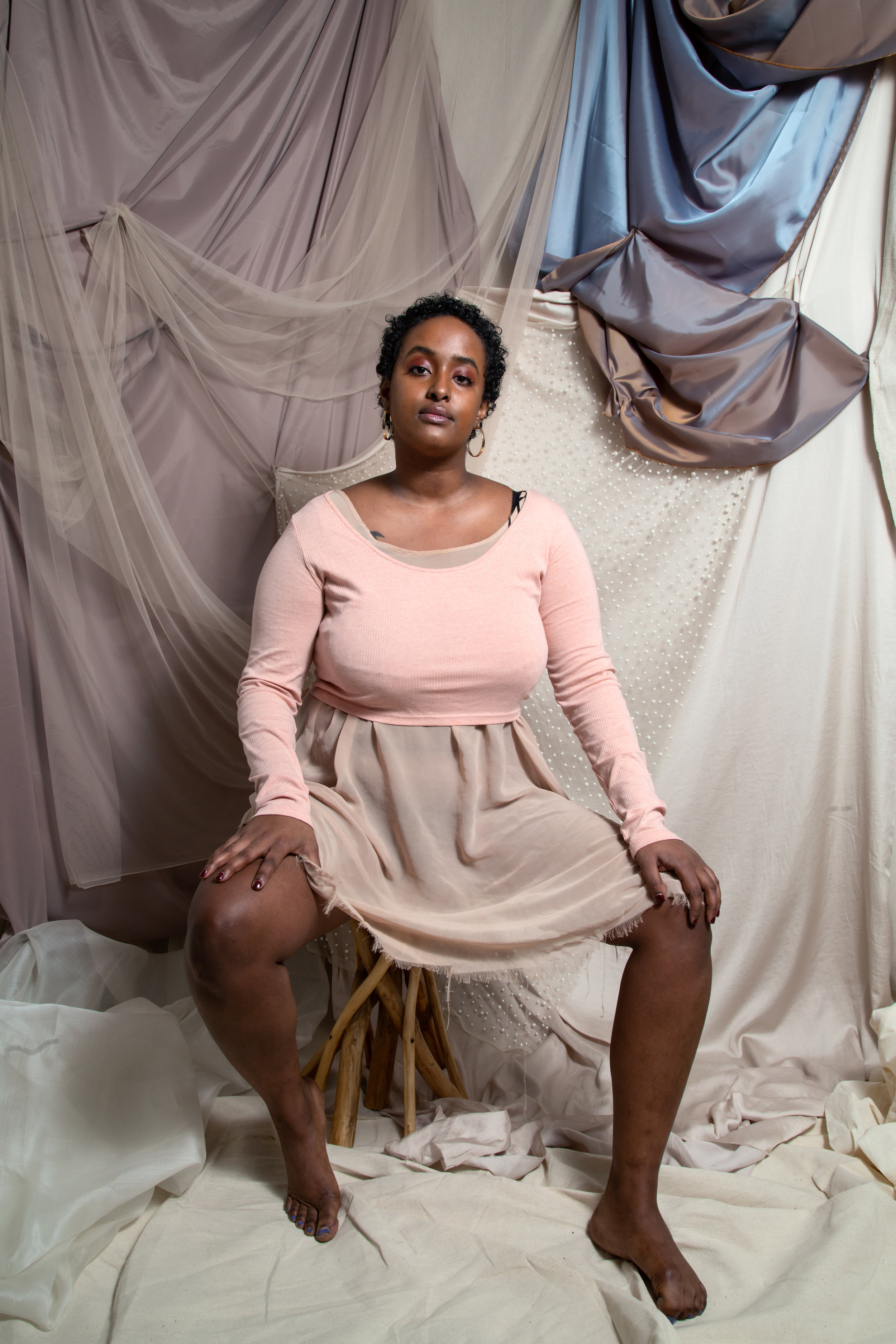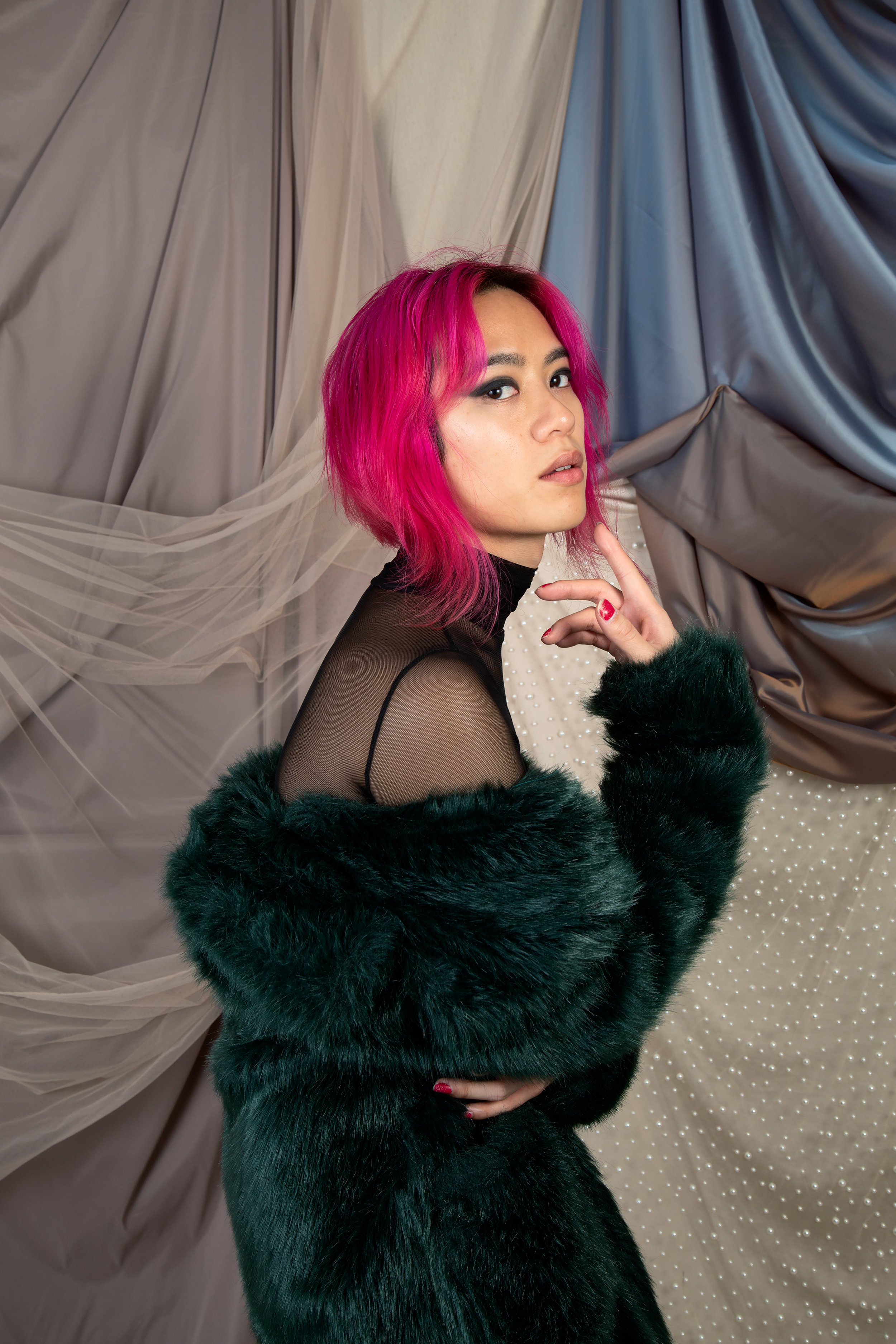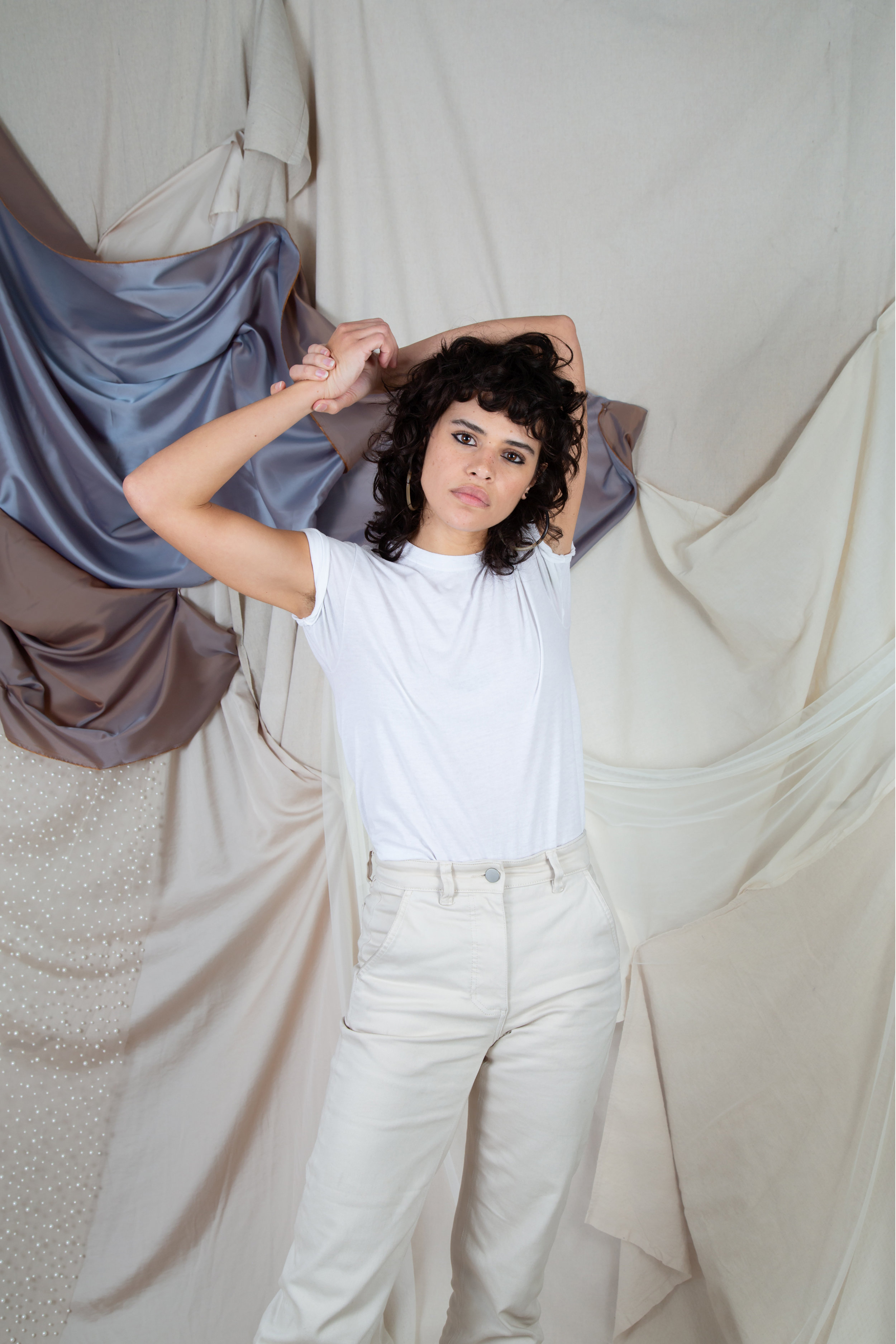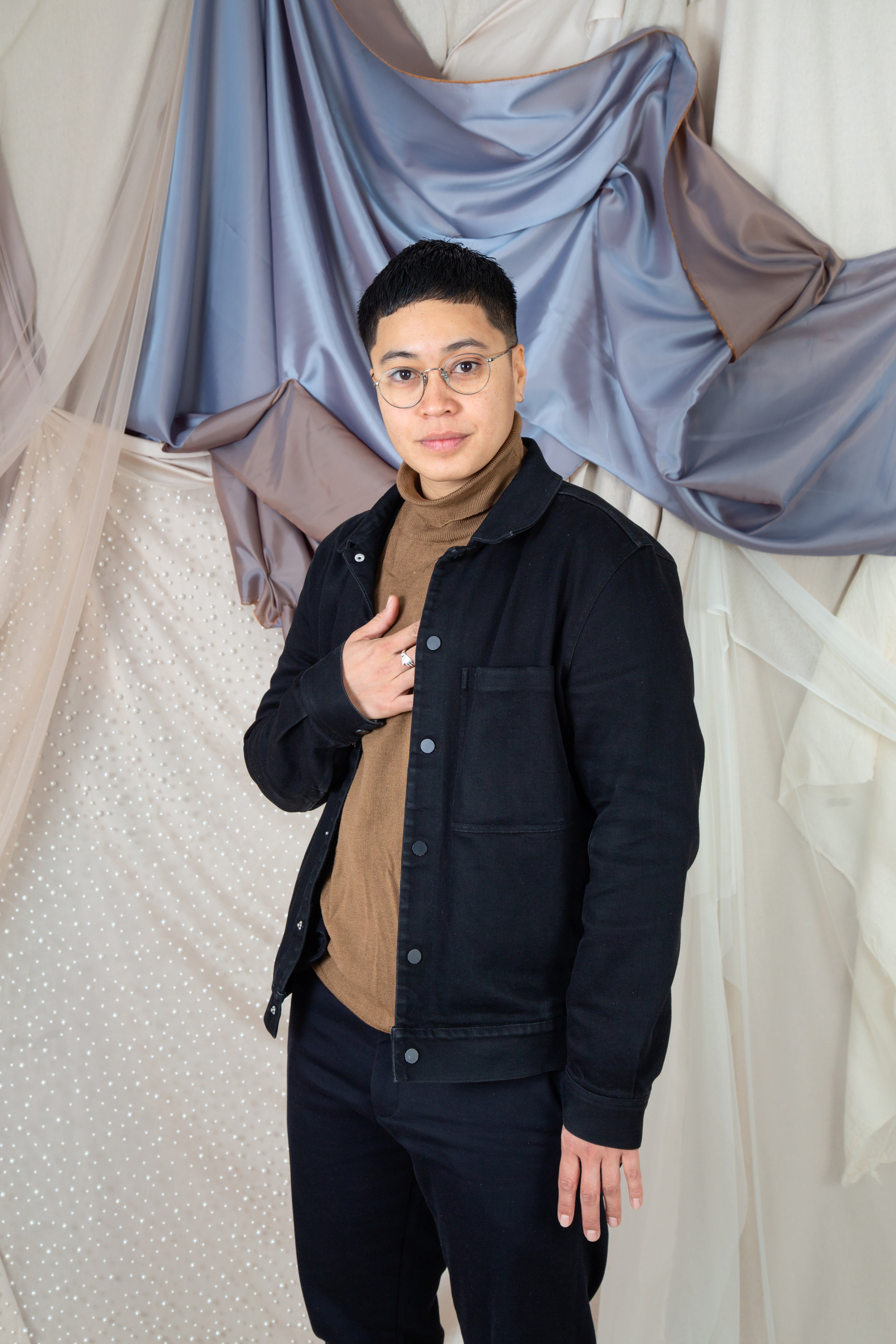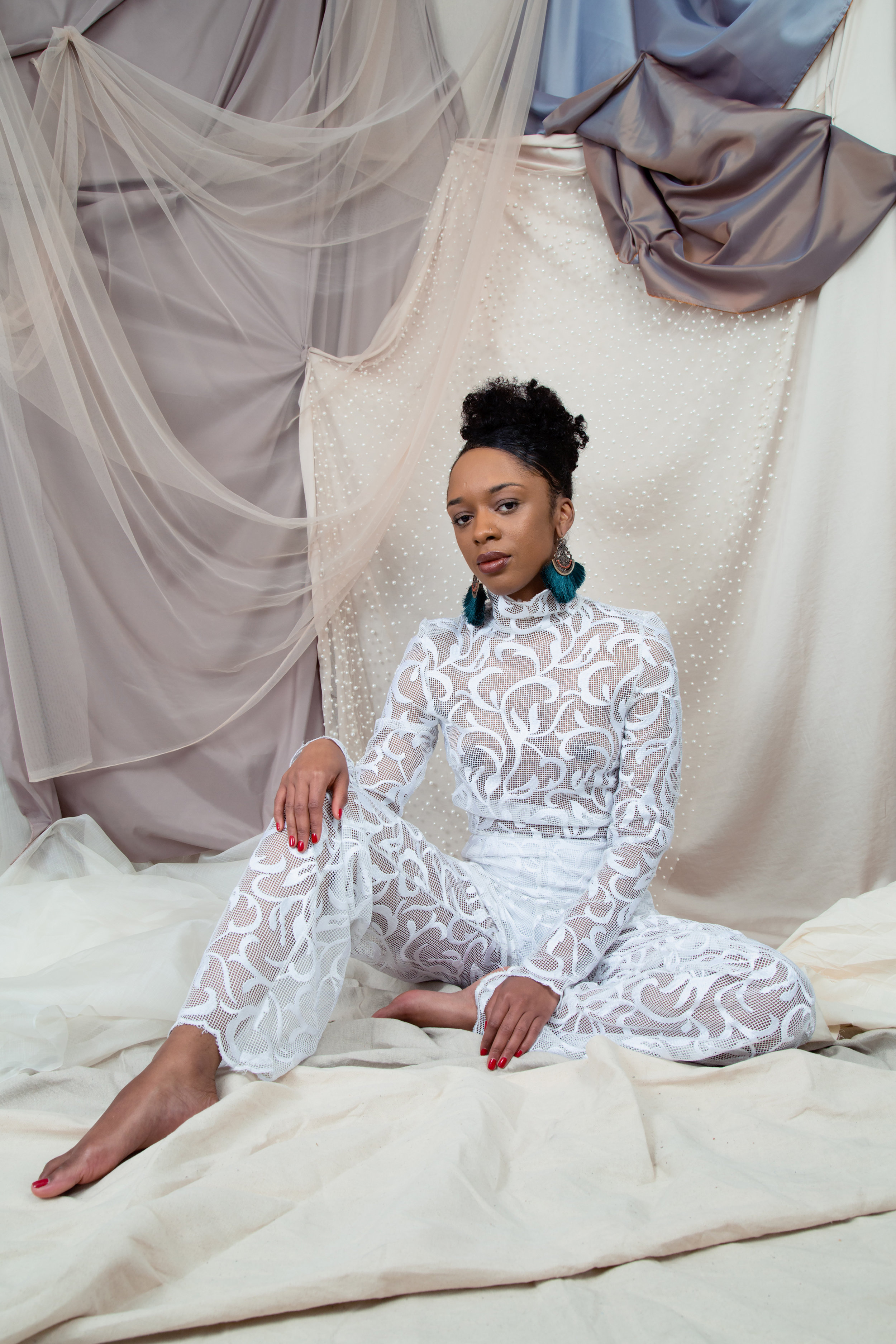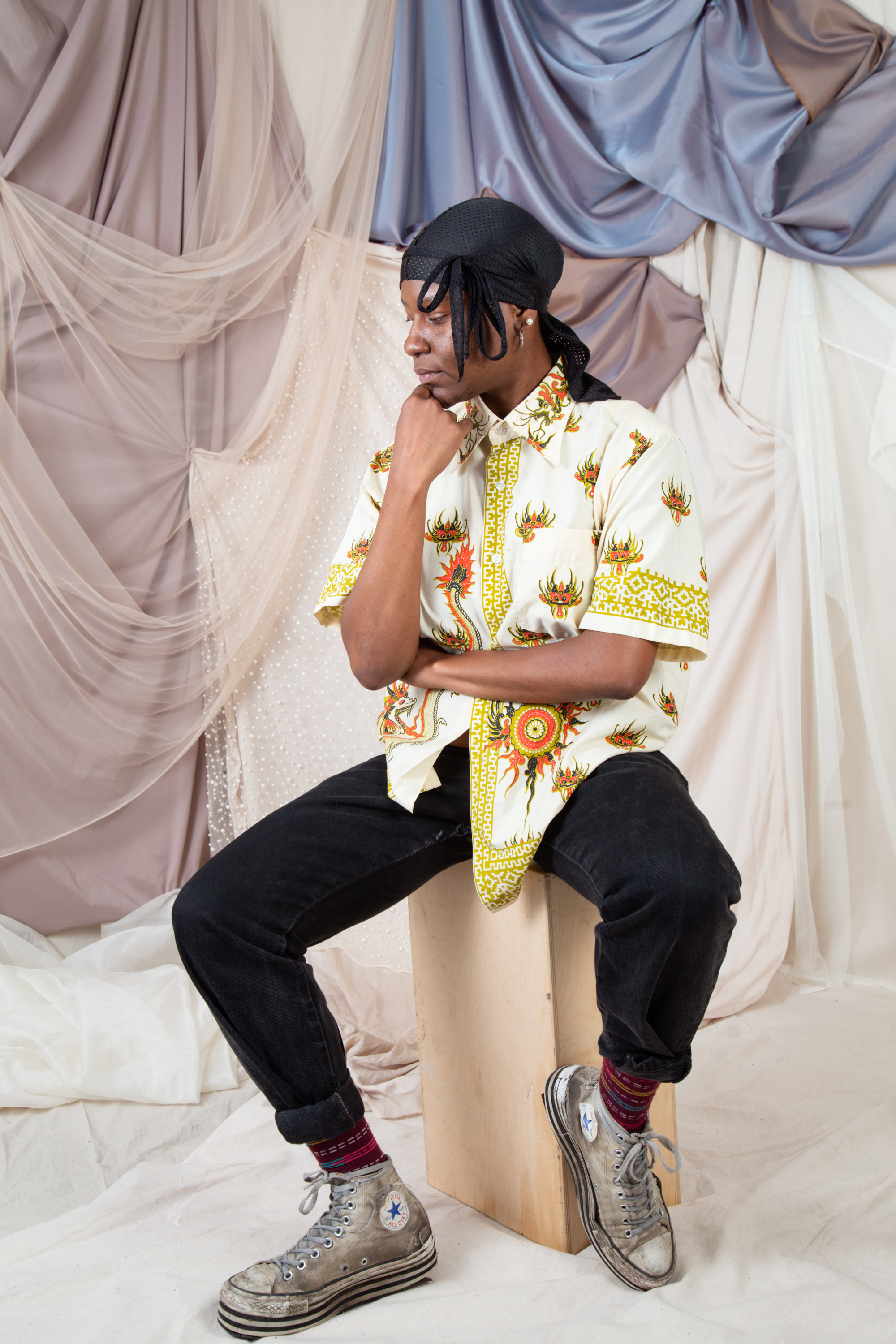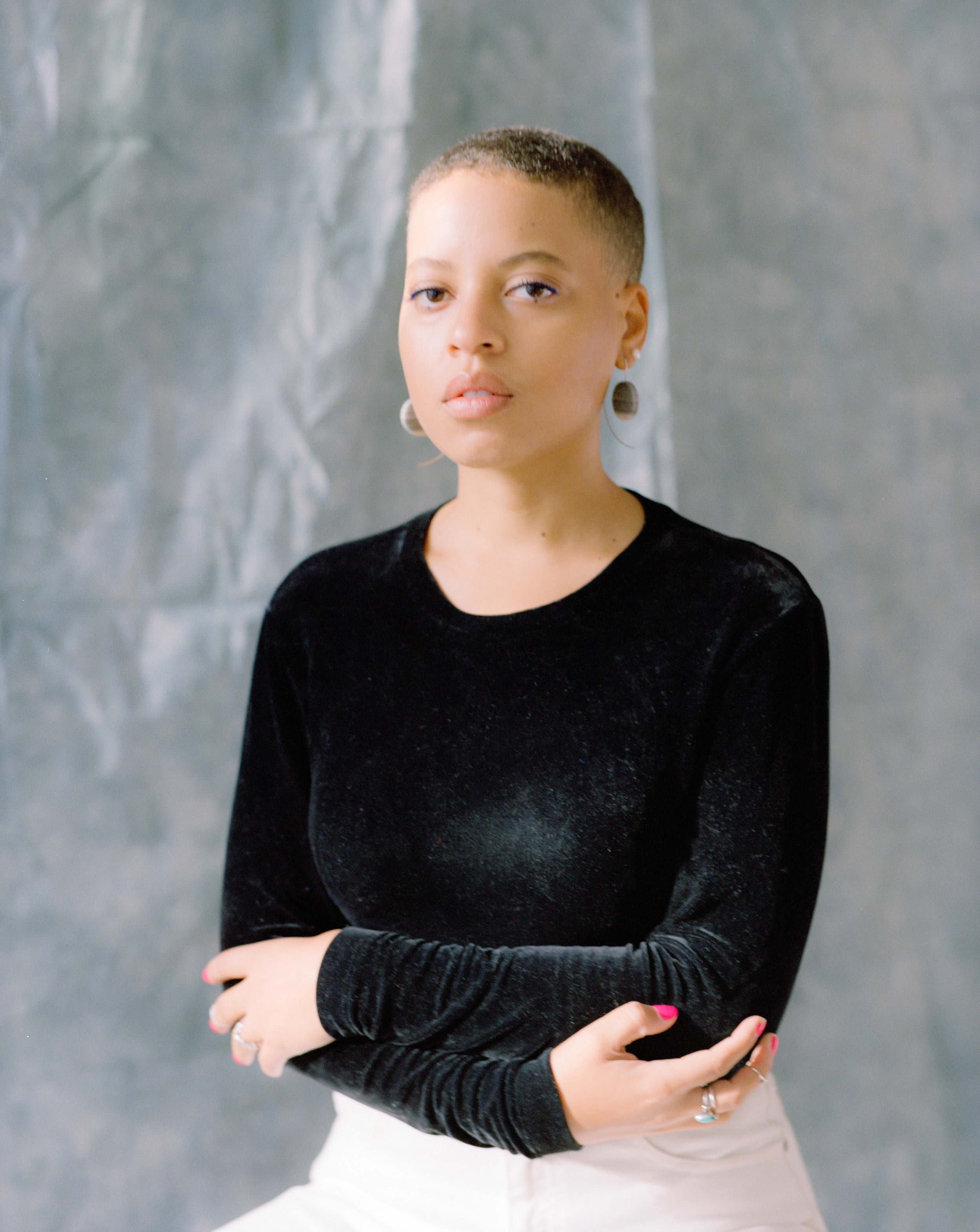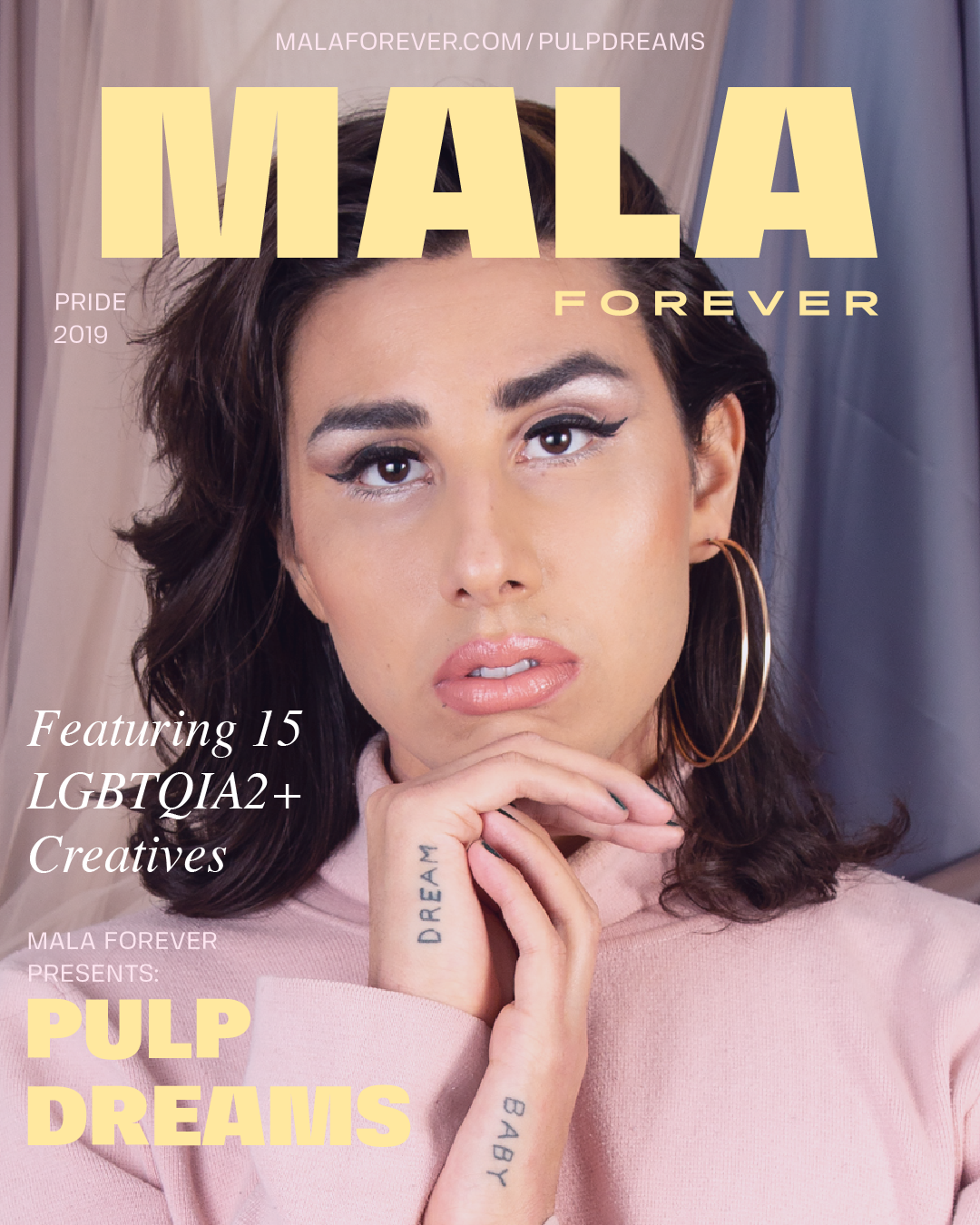
Mala Forever Presents
Pulp Dreams
Table of Contents
Featuring
“Joy is our job. We do it and carry it for all of those who came before us, who couldn’t in their lifetime.”
Letter from the Editors
A dream is not fiction – it is reality unformed. A seed dreams of becoming a fruit, and pulp is the thick of that dream manifested. “Pulp Dreams” embodies the juice of Pride. It is a bold assertion of queer and trans lives. A tender archive. A generous offering to us all. These fifteen artists bring us through time and space alongside friends, lovers, and ancestors – from the discos of 1970’s North Beach to the persimmon fields of Fukushima, Japan. They provide a broad scope of film, visual art, and creative writing that centers black and brown experiences. They honor those who came before us, and uplift the many truths of what it is to be alive, queer, and thriving in the year 2019.
We hope this body of work moves you as much as it did us. Join us in uplifting the work of these visionary femme and non-binary LGBTQIA2+ artists from around the world, in building critical spaces to tell our stories, and in doing the hard but necessary work of healing together and imagining worlds into existence where we can all be our most free.
Happy Pride!
In love and solidarity,
Nina + Jessie
Co-Founders, Mala Forever
Donate
Mala Forever Presents is a non-profit digital magazine project that produces and curates radical feminist creative work. Our previous issues include Radical Seeds, and Miss America. If you enjoy what you see and want to see more like it, please consider making a contribution.
Join our community on Instagram: @_malaforever_









